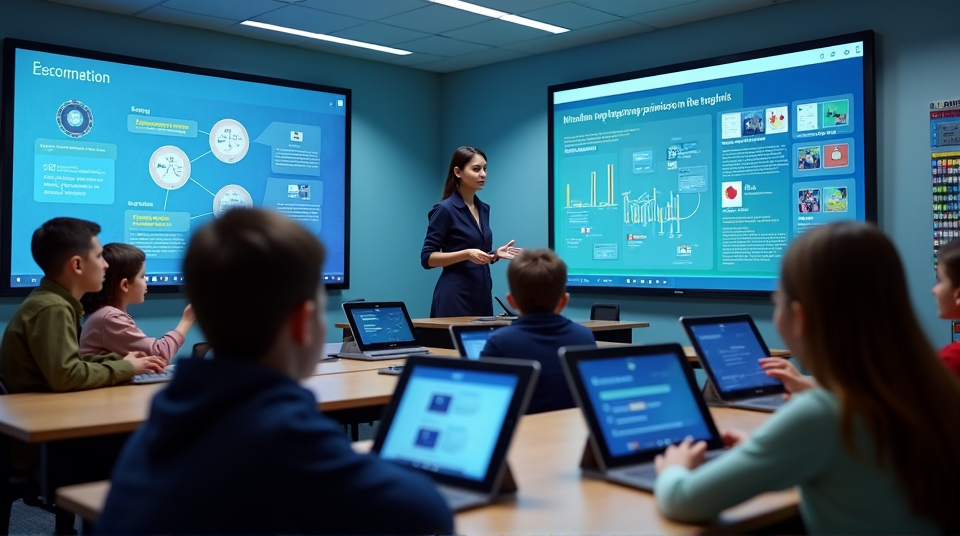
Traditional education systems often rely on uniform teaching methods designed for large groups, leaving many students either unchallenged or overwhelmed. AI disrupts this model by analyzing student data — including learning speed, accuracy, and engagement — to deliver customized content.
For example, AI-driven platforms can identify when a student struggles with algebraic concepts and instantly provide alternative explanations, interactive exercises, or visual aids to reinforce understanding. This adaptive approach ensures that every learner progresses at their own optimal pace, not at the pace of the class average.
1. Intelligent Tutoring Systems
AI tutors like ChatGPT or specialized learning bots can provide real-time explanations and feedback 24/7. These systems don’t just grade; they guide, offering hints, answering questions, and suggesting personalized next steps.
2. Predictive Analytics for Better Outcomes
By analyzing performance data, AI can predict when students are at risk of falling behind and alert teachers before the problem becomes critical. This early intervention helps educators focus on students who need the most support.
3. Natural Language Processing (NLP) in Learning
AI can interpret students’ written and spoken responses, detect emotional tone, and tailor responses accordingly. For example, an AI writing assistant can help improve grammar and style while also recognizing when a student is frustrated and offering encouragement.
4. Personalized Content Generation
AI-powered systems can curate or even generate educational materials tailored to each learner — from adaptive quizzes and flashcards to AI-generated reading passages matched to skill level and interests.
AI is not designed to replace teachers but to empower them. By automating repetitive tasks like grading, attendance tracking, and progress reporting, educators can reclaim valuable time to focus on mentorship, creativity, and emotional support.
Teachers can also leverage AI insights to understand class-wide trends — which topics are confusing, who is disengaged, and which teaching methods are most effective — enabling more data-informed teaching decisions.
One of AI’s most powerful promises is accessibility. AI tools can translate lessons in real-time, convert text to speech for students with dyslexia, and create custom exercises for neurodiverse learners. This inclusivity ensures that quality education is not limited by geography, language, or ability.
For students in under-resourced areas, AI-powered apps can provide world-class tutoring at a fraction of the cost, democratizing access to knowledge that was once exclusive.
While AI opens new frontiers, it also introduces new challenges. Data privacy, algorithmic bias, and over-reliance on technology must be carefully managed. Educators and policymakers need to ensure that AI systems are transparent, equitable, and secure.
Moreover, human empathy, creativity, and social connection — core components of learning — must remain central to education. AI should serve as an amplifier of human teaching, not its replacement.
The integration of AI into education marks a shift from standardized instruction toward truly student-centered learning. Future classrooms will be more interactive, predictive, and inclusive — blending the strengths of human teachers with the precision and scalability of AI.
Students will not only learn with AI but also about it — developing critical skills in data literacy, ethics, and computational thinking that will define the next generation of innovators.
Conclusion
Harnessing AI for personalized learning represents a profound leap forward in education. By understanding each student’s needs and dynamically adapting to them, AI has the potential to unlock every learner’s full potential — creating a world where education is not just a system but a personalized journey of discovery.